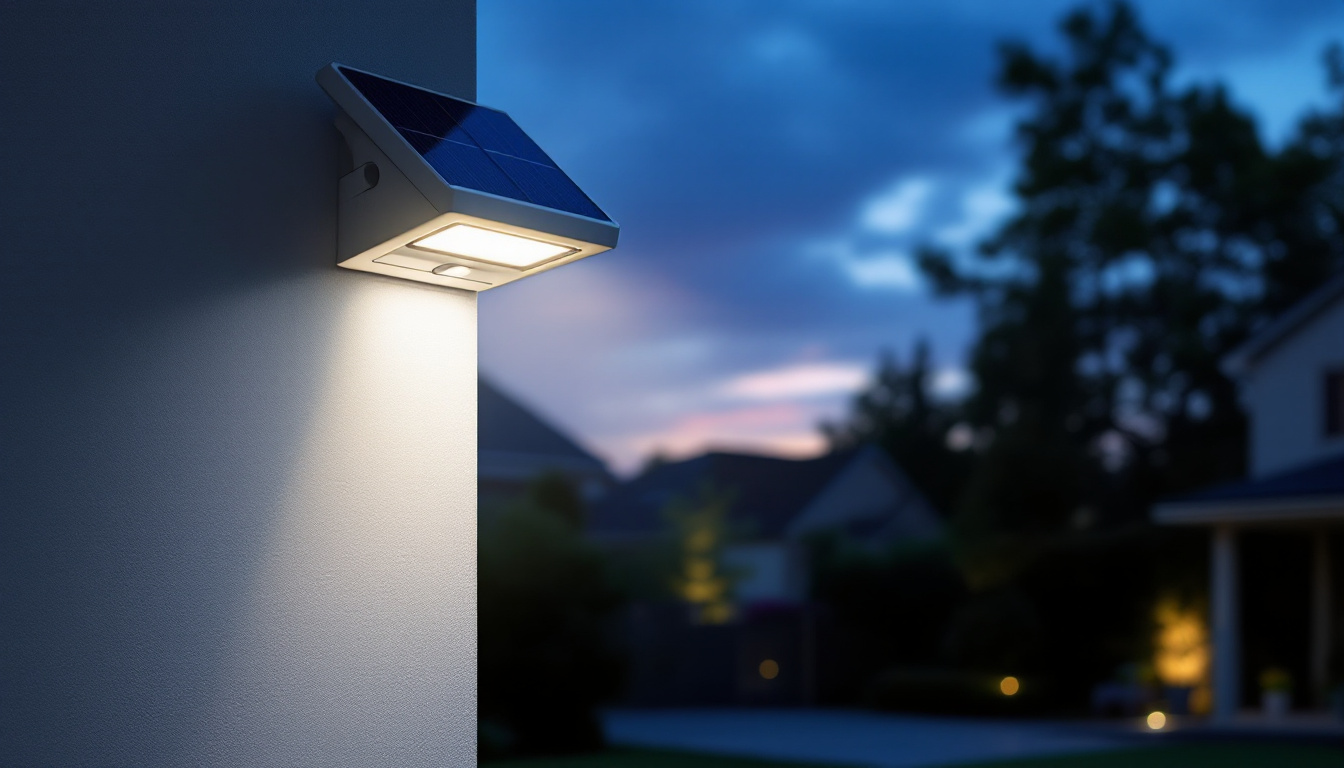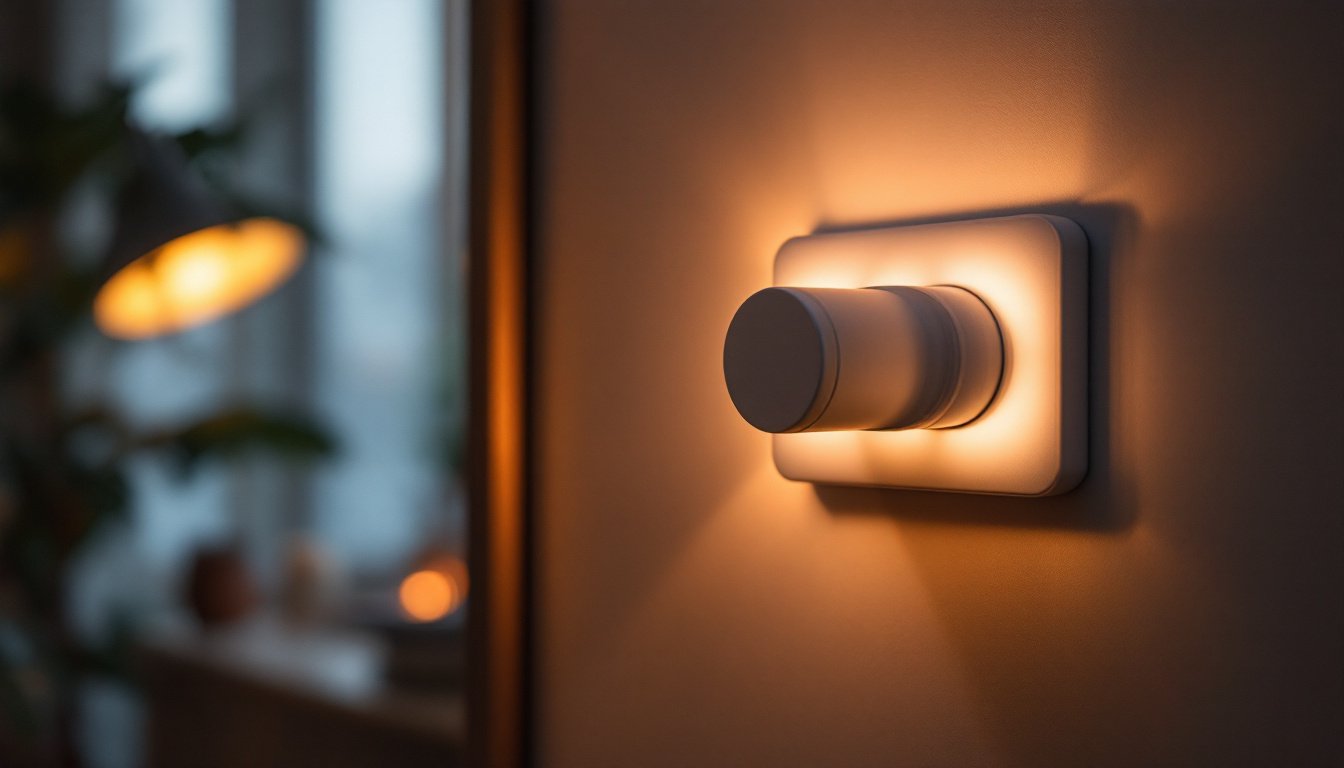
In the ever-evolving world of lighting design, LED strip lights have emerged as a versatile and efficient solution for various applications. For lighting contractors, understanding the nuances of sourcing LED strips from suppliers is crucial to delivering high-quality installations that meet client expectations. This guide aims to provide valuable insights into selecting the right LED strip supplier, ensuring that contractors can make informed decisions that enhance their projects.
LED strip lights, also known as LED tape or ribbon lights, are flexible circuit boards populated with light-emitting diodes (LEDs). They are available in various colors, brightness levels, and configurations, making them suitable for a wide range of applications, from residential to commercial settings. Their versatility allows them to be used for accent lighting, task lighting, or even as a primary light source in certain areas. The ease of installation and the ability to cut them to size adds to their appeal, making them a popular choice for DIY enthusiasts and professional designers alike.
LED strips come in several types, each designed to serve specific purposes. The most common categories include:
When selecting LED strip lights, several features should be taken into account:
Additionally, the adhesive backing on many LED strips allows for easy installation on various surfaces, from walls to ceilings. Some strips even come with connectors and extension cables, making it simple to create intricate designs or cover larger areas. Moreover, the energy efficiency of LED technology means that these strips consume significantly less power compared to traditional lighting solutions, providing both environmental and cost benefits. As a result, LED strip lights are not only a stylish choice but also a smart investment for any lighting project.
Finding a reliable LED strip supplier is a critical step for contractors. The right supplier can provide not only quality products but also support and resources that can enhance project outcomes.
Before entering into a partnership, it is essential to assess the supplier’s reputation in the industry. Look for reviews, testimonials, and case studies that showcase their reliability and product quality. Engaging with other contractors or industry professionals can also provide insights into their experiences with specific suppliers.
Quality should never be compromised when selecting LED strips. Ensure that the supplier adheres to industry standards, such as CE, RoHS, and UL certifications. These certifications indicate that the products have undergone rigorous testing for safety and performance, providing peace of mind for contractors and clients alike.
A supplier’s customer service can significantly impact the success of a project. Evaluate the level of support offered, including technical assistance, warranty policies, and return options. A responsive supplier can help troubleshoot issues quickly, minimizing downtime and ensuring projects stay on schedule.
Pricing is a vital consideration when selecting an LED strip supplier. Understanding the various factors that influence pricing can help contractors make informed decisions that align with their project budgets.
Several factors can affect the cost of LED strip lights:
Many suppliers offer discounts for bulk purchases, which can be beneficial for contractors working on larger projects. It is advisable to inquire about volume pricing and any ongoing promotions that could reduce costs.
When evaluating different suppliers, create a comparison chart to assess their offerings side by side. Consider factors such as pricing, product quality, delivery times, and customer service. This structured approach can help identify the best supplier for specific project needs.
Once the right LED strips have been sourced, the installation process requires careful planning and execution to ensure optimal performance and aesthetics.
Before installation, it is essential to prepare the work area and plan the layout. This includes measuring the installation space, deciding on the strip placement, and ensuring that all necessary tools and materials are on hand.
Most LED strip lights come with an adhesive backing for easy installation. However, for added security, especially in high-traffic areas or outdoor applications, additional mounting options such as clips or channels may be necessary. Ensure that the chosen method is suitable for the surface and environment.
Proper wiring is crucial for the effective operation of LED strips. Ensure that the power supply matches the voltage and current requirements of the strips. Additionally, consider using connectors and extension cables that are compatible with the chosen LED strips to facilitate a seamless installation.
Even with high-quality LED strips, maintenance and troubleshooting may be necessary to ensure longevity and performance. Understanding common issues and their solutions can save contractors time and resources.
Some common issues that may arise with LED strip lights include:
To prolong the life of LED strip lights, regular maintenance is essential. Here are some tips:
LED strip lights are not only functional but also offer creative opportunities for lighting contractors. Exploring innovative applications can set a contractor apart in a competitive market.
LED strips can be used to highlight architectural features, such as alcoves, beams, and staircases. By strategically placing strips, contractors can create dramatic effects that enhance the overall design of a space.
Incorporating LED strips into furniture, shelves, or coves can create inviting atmospheres. The ability to change colors and brightness levels allows for dynamic mood settings, making spaces more versatile.
LED strip lights are ideal for outdoor applications, such as illuminating pathways, decks, and gardens. Their flexibility allows for creative installations that enhance outdoor aesthetics while providing safety and visibility.
In summary, sourcing LED strip lights from a reliable supplier is a critical aspect of a lighting contractor’s success. By understanding the types of LED strips available, evaluating suppliers, and considering installation and maintenance, contractors can ensure high-quality installations that meet client expectations. Furthermore, exploring innovative applications can elevate projects and provide clients with unique lighting solutions. With the right approach, LED strip lights can transform any space, making them a valuable tool in a contractor’s arsenal.
As the demand for energy-efficient and versatile lighting solutions continues to grow, staying informed about the latest trends and technologies in LED strip lighting will empower contractors to thrive in this dynamic industry.
Ready to enhance your lighting projects with superior LED strip lights? Look no further than LumenWholesale, where we provide contractors with top-quality, spec-grade lighting products at unbeatable wholesale prices. Our extensive selection not only meets but exceeds the highest industry standards, ensuring you get reliable, high-performance lighting for every project. Take advantage of our hassle-free bulk buying options with free shipping and discover the perfect blend of quality, affordability, and convenience. Elevate your lighting installations today by visiting Wholesale Lighting at the Best Value and make LumenWholesale your go-to supplier for all your lighting needs.

Discover the insider tips and expert advice from lighting contractors on mastering solar flood lights with motion sensors.

Discover essential insights into various types of receptacles with our expert tips tailored for lighting contractors.

Discover how dimmers for LED lights can transform your lighting projects from ordinary to extraordinary.

Discover the essential checklist for lighting contractors focusing on outdoor wall lights LED installations.